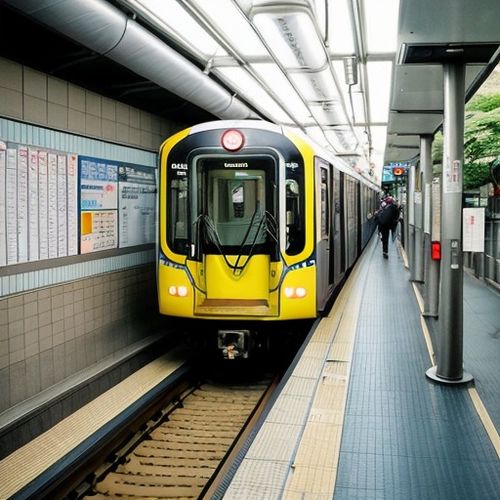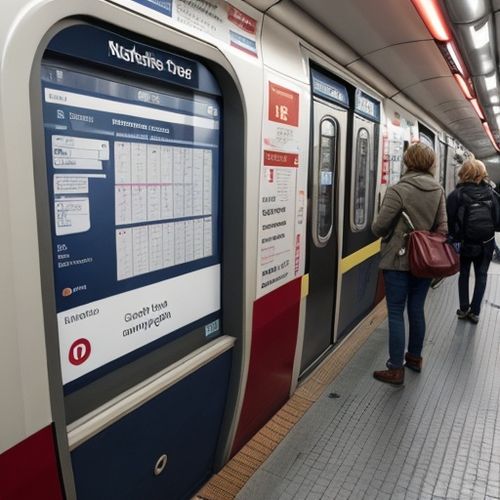Navigating the Paris Metro system can be a breeze once you understand the ticketing options available. The two most popular choices for travelers and locals alike are the Navigo card and the single-journey tickets (often referred to as "t+ tickets"). Each has its own advantages depending on the length of your stay, frequency of travel, and specific needs. Deciding between them requires a bit of planning to ensure you get the best value for your money.
The Navigo card is a rechargeable smart card that offers unlimited travel within selected zones for a fixed period—either a week or a month. It’s particularly useful for those staying in Paris for an extended time or making multiple trips daily. The card itself costs a small fee, but the real savings come from the unlimited rides. For instance, if you’re in Paris for a week and plan to use the Metro extensively, the Navigo Weekly Pass (Navigo Semaine) can be a cost-effective choice. However, it’s important to note that the weekly pass runs from Monday to Sunday, so timing your purchase is crucial.
On the other hand, single-journey tickets are ideal for occasional travelers or those who prefer pay-as-you-go flexibility. These tickets are valid for one trip, including transfers within the Metro, RER (within Zone 1), buses, and trams for up to 90 minutes. They’re sold in packs of 10 (known as a "carnet"), which reduces the cost per ticket. If you’re only in Paris for a few days and don’t anticipate using public transport frequently, the t+ tickets might be the better option. They’re also convenient for visitors who plan to walk or use other modes of transportation.
One of the key differences between the two options is coverage. The Navigo card allows access to all zones, including those outside central Paris, such as Versailles or Disneyland Paris, depending on the pass you choose. Single-journey tickets, however, are limited to Zone 1 unless you purchase additional tickets for farther destinations. This makes the Navigo card a clear winner for those planning day trips outside the city center. Additionally, the Navigo card eliminates the hassle of buying tickets for every journey, saving time and avoiding long queues at ticket machines.
Another factor to consider is convenience. The Navigo card requires an initial setup, including a small passport-sized photo and registration, which can be a bit tedious for short-term visitors. Single-journey tickets, meanwhile, are readily available at Metro stations, tobacconists, and even some hotels. For tourists who value simplicity and spontaneity, the t+ tickets might be more appealing. That said, the Navigo card’s tap-and-go feature is undeniably efficient, especially during peak hours when every second counts.
Cost is, of course, a major consideration. While the Navigo card offers unlimited travel, it’s only economical if you’re making enough trips to justify the upfront cost. For example, if you’re in Paris for five days but only taking two Metro rides per day, single-journey tickets would likely be cheaper. However, if you’re commuting daily or exploring extensively, the Navigo card quickly pays for itself. It’s worth doing a quick calculation based on your itinerary to determine which option saves you more.
Lastly, there’s the matter of flexibility. The Navigo card locks you into a set period, which can be inconvenient if your plans change unexpectedly. Single-journey tickets, by contrast, don’t expire, so unused tickets can be saved for future visits. This makes them a safer choice for travelers with uncertain schedules. That said, the Navigo card’s seamless travel experience and broader coverage often outweigh this drawback for many visitors.
In the end, the choice between the Navigo card and single-journey tickets depends on your travel habits and itinerary. Both options have their merits, and understanding their differences will help you make an informed decision. Whether you prioritize cost, convenience, or coverage, Paris’s Metro system has a ticketing solution to suit your needs.

By Natalie Campbell/Apr 27, 2025

By Olivia Reed/Apr 27, 2025

By Noah Bell/Apr 27, 2025

By Jessica Lee/Apr 27, 2025

By Daniel Scott/Apr 27, 2025

By Grace Cox/Apr 27, 2025

By Michael Brown/Apr 27, 2025

By Amanda Phillips/Apr 27, 2025

By Ryan Martin/Apr 27, 2025

By Victoria Gonzalez/Apr 27, 2025

By Natalie Campbell/Apr 27, 2025

By Ryan Martin/Apr 11, 2025

By Sophia Lewis/Apr 11, 2025

By David Anderson/Apr 11, 2025

By Rebecca Stewart/Apr 11, 2025

By Thomas Roberts/Apr 11, 2025

By Thomas Roberts/Apr 11, 2025

By Elizabeth Taylor/Apr 11, 2025

By Thomas Roberts/Apr 11, 2025

By Eric Ward/Apr 11, 2025